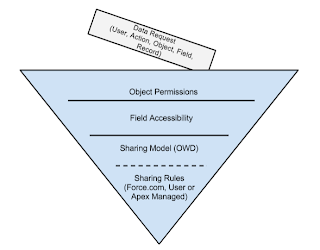almond

Wow, it's been almost 2 years since my last post. It's been pretty busy for me lately but I'm still very involved with Salesforce and excited to share a project I've been working on for a while now (drumroll) : What is almond? Almond is a Learning Management Application built on top of Salesforce1. The goal of this app is to create engaging learning experiences for your employees and reward them as they make progress through their learning activities. Learners can take quizzes, complete tasks and launch learning resources from a desktop or mobile device as well as provide feedback on the learning content. Here's a quick overview of the app: Why is it called almond? It all started with the idea of creating Learning Management ON Demand (LMOND) system and ended up adding an A in there because I think it's awesome, plus, almonds are tasty. How can I use it? The app can be used in different scenarios, here are some examples: Create

